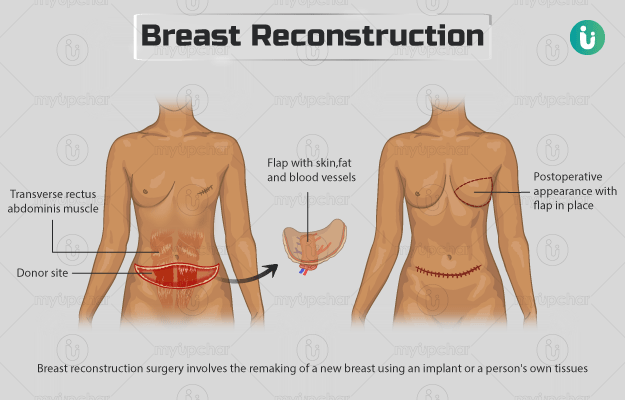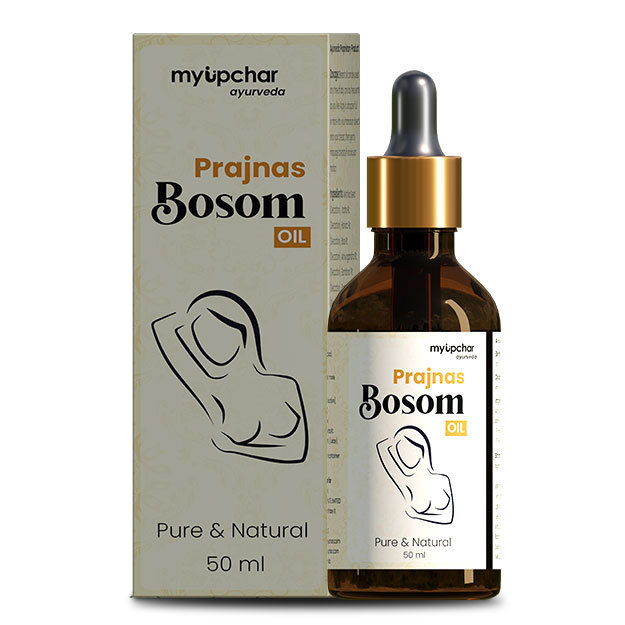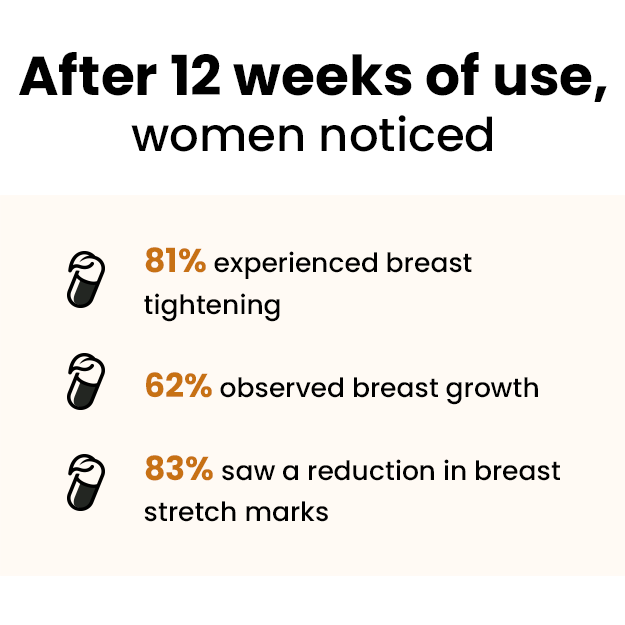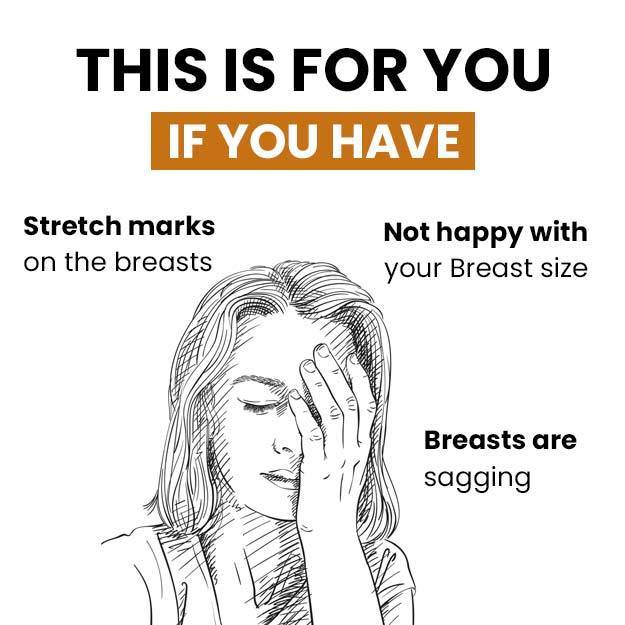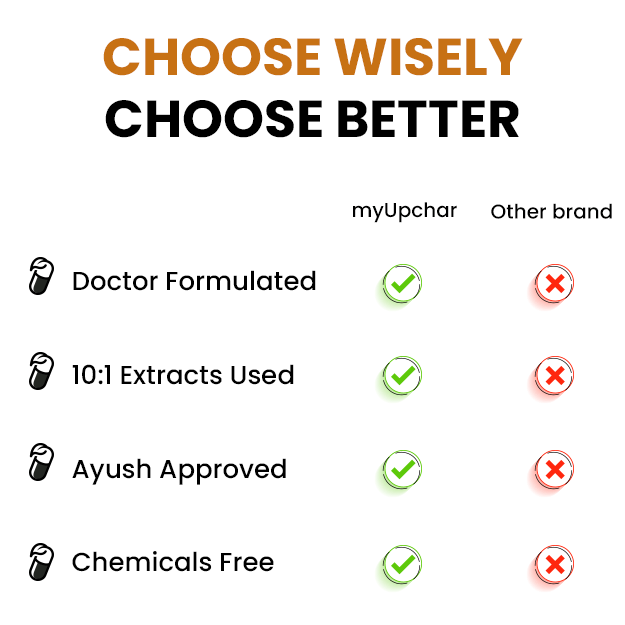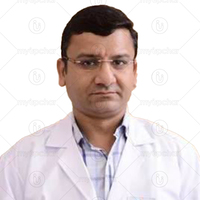The procedure for this surgery may vary depending on the type of reconstruction.
Reconstruction using your tissue:
Depending on the type of tissue, this surgery can be done by using the following:
- Transverse rectus abdominis myocutaneous flap and deep inferior epigastric artery perforator flap: In these surgeries, the surgeon removes tissues from the lower abdomen.
- Latissimus muscle flap: Here, tissues from the upper back are removed, especially on the side from where the breast was removed.
- Gluteal flap: In this type of surgery, tissues from the buttocks are removed.
- Transverse upper gracilis flap: For this operation, surgeons cut the thigh tissue to reconstruct a new breast.
- In men, flaps from the transverse rectus abdominis, deltopectoral or latissimus dorsi muscles are used.
Generally, the following steps are conducted for breast reconstruction using healthy tissue:
- In the operating room, an anaesthetist (a medical professional who gives anaesthesia) will give you general anaesthesia to keep you asleep during the operation.
- Your surgeon will make an incision (cut) on your body from where the tissues are to be taken for reconstruction.
- He/she will loosen your skin, muscle, and fat in this area and then use this tissue to construct a new breast as per the size and shape of your other breast.
- In some conditions, an implant is also placed along with the patient’s own tissues.
- The surgical cut is then closed with the help of stitches and covered with dressings.
Reconstruction using an implant:
This type of surgery can be performed in one or two stages. You will be under general anaesthesia throughout the procedure.
One-stage procedure
Your surgeon may opt for this surgery if you still have skin left around your chest wall. During the surgery, an implant made from silicone is inserted inside the skin in the chest area to reconstruct the new breast.
Two-stage procedure
This surgery will be done if the skin and tissues around your chest wall are flat and tight. It is done in the following manner:
- Your surgeon will insert a tissue expander (temporary implant) under your breast skin.
- Then, he/she will inject a saline solution inside this expander.
- Your chest muscles will expand gradually as the expander increases in size.
- Once your skin is expanded enough, the surgeon will put in a permanent implant and close the incision with stitches.
This procedure may take about two to six hours to complete. If performed immediately after mastectomy, a reconstruction may take up to eight to 10 hours. When carried out as a second operation, it may take about 12 hours. You will need a hospital stay for two to five days.
After the operation, the surgeon may insert a drainage tube in the operated site to remove any accumulated fluid.
You will be moved to the recovery room after the surgery where a nurse will monitor your pulse, breathing, and blood pressure. You may also have a spirometer to help you breathe deeply. The doctor may prescribe a few medicines to control your nausea.

